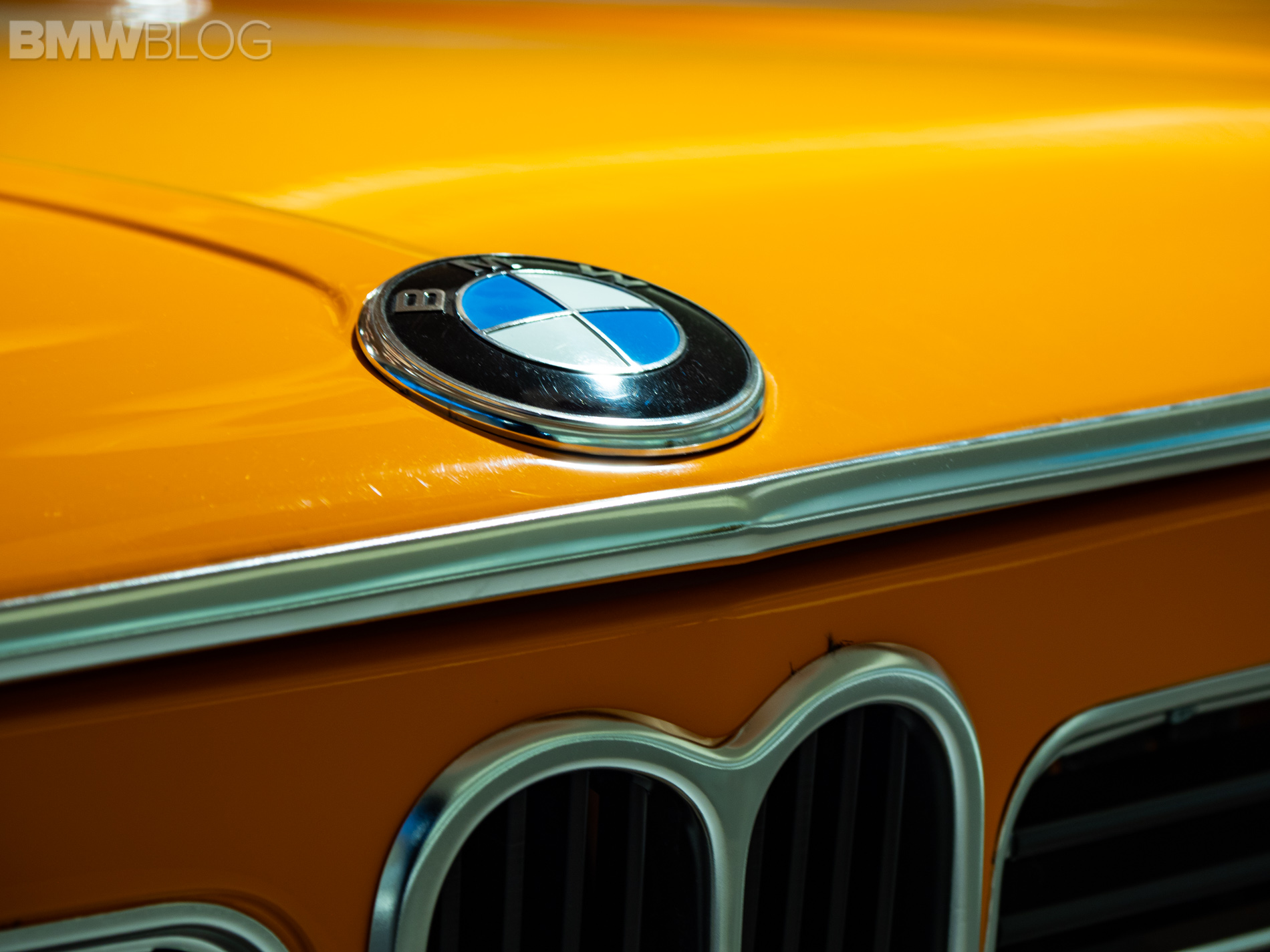The 2002 is one of the most celebrated of modern BMWs. Introduced in 1968, the 2002 was powered by a 1,990cc, 100bhp version of BMW’s classic M10 single-overhead-camshaft four-cylinder engine. Complementing the 2002 base model were a pair of higher performance versions, the 2002Ti and fuel-injected 2002Tii. Endowed with attractive styling, more than adequate performance, reasonable economy and excellent controllability, the 2002 proved outstandingly successful, nearly 400,000 of all types being produced between 1968 and 1976.
Although BMW was eventually more interested in motor racing, the works did use the 2002 as the basis for a rallying programme during the late 1960s/early 1970s, the car making its debut on the 1969 Monte Carlo Rally. By the time the factory withdrew to concentrate on touring car racing at the end of 1974, the 2002 had but one major victory to its credit: the 1972 TAP Portuguese Rally, which was won by Achim Warmbold.
The subject of this article, Chassis number ‘3635815′, was prepared by BMW Motorsport for the 1974 season alongside its sister car. Both cars were taken from the production line to be upgraded to full Group 2 specification which included modified BMW Motorsport M12/7 Formula 2 engine, steering rack, coil over suspension, lightweight components, etc.
The sister car was used in the 1974 season, although the fuel crisis meant many events were cancelled in the WRC that year and the first opportunity to compete was the 1000 Lakes in Finland. An unsuitable event for the 2002, Warmbold and his navigator Jean Todt, of Ferrari and FIA-fame, finished 13th overall. With the rally programme closed in favour of touring car racing, this car was purchased from BMW Motorsport by Max Heidegger of Liechtenstein and modified for circuit racing. In 1975 Heideger entered his BMW 2002 in the Le Mans 24-Hour Race, winning the 2-Litre class and finishing 27th overall, a staggering achievement for a production-based touring car. With little interest in a used racing car, this car was dismantled and sold for parts the following year, the body shell was scrapped.
The second car, however, lived a more charmed life and was acquired by Achim Warmbold as his ‘personal’ rally car to be run by KWS Autotechnic of Koblenz, Germany. His first outing was in BMW Motorsport colours at the Sachs Winter Rally in Germany which Warmbold, John Davenport and BMW ‘M-JE 1597’ won. After this first win, and perhaps due to it, the BMW was next seen sporting the distinctive white and green livery of the KWS grain company, which it retains to this day, and sponsorship from the famous Radio Luxembourg.
Funding was limited for 1975 and so were the competitive outings for the BMW (although the Warmbold/Davenport pairing had quite a full season with other cars). So, next up, in June 1975, was the Donegal International Rally, again won by Warmbold/Davenport – the first non-Irish crew to win in the first running of the event on pace notes. The car went on to Rally Portugal, where it was running well before retirement – listed as a driveshaft failure, there’s maybe a bit more to the story.
Then, finally for 1975, the car and Warmbold found their way to the small French Island of New Caledonia, some 1,000km east of Australia – starting as car No.1 and paired with Monique Mercier. Taking the lead on stage one, the crew were unfortunately a non-finisher.
In 1976, the BMW was purchased from Warmbold by Isaac Agnew Ltd of Belfast, the BMW importers for Northern Ireland, and given the Co. Down registration number IIJ555 for use by the owner’s son. David Agnew used the car for the 1976/77 season in Ireland, the car competing, once again, on the Donegal International Rally as well as Circuit of Ireland, Ulster Rally and more. Then in 1978, the BMW was sold on and the new owner rallied the BMW in local Ulster tarmac stage events and even used it once for the journey to work at the Ministry of Agriculture. It was always very reliable, despite the Formula Two engine!
The car was kept in dry storage from 1978 to 1993 when it was removed for restoration. The body shell was completed to a very high standard before the current owner took over the project. In the last year, every component has been dismantled and rebuilt with competition in mind including an engine rebuild by one of Europe’s foremost BMW historic competition specialists LH Owen of Telford. Apart from the brakes, which have been replaced, ‘3635815’ is 95% original, which is quite some achievement for a 40-year-old competition car.
Now taxed and tested, with a few road miles under its wheels, IIJ555 is ready for the next stage of its life





































































